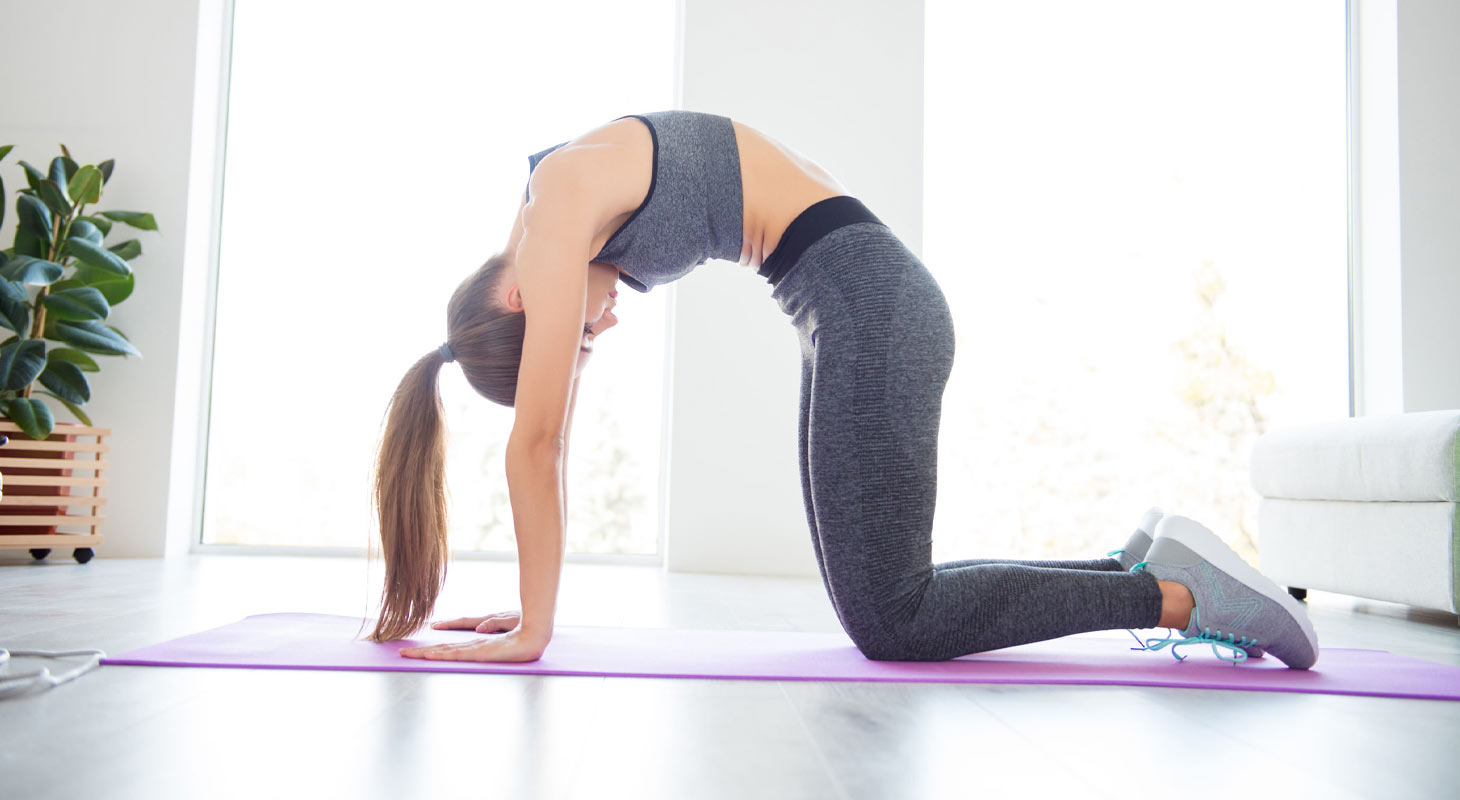Yoga for back pain relief
Every one of us has experienced back pain. More frequent in the lumbar region, it can occur at any age and without any particular cause except medical causes. It is enough to have sat for hours in a bad position, to have unsuitable bedding, or to accumulate stress and annoyance. A simple movement that is not adapted can have unfortunate consequences on your spine and exert various constraints that will later cause back pain.
Considered to be the pain of the century, back pain can be treated in many different ways: medication to relieve pain and relax muscles, physiotherapy to reduce pain and strengthen the abdominal belt, naturopathy...
To relieve certain pains or to strengthen the muscles involved in the lumbar posture, yoga appears to be an interesting practice. Associated with rest, removal of sources of tension, and careful listening to the body, Yoga can help you. Whether it is to stretch the muscles, strengthen them, or simply to correct the posture.
The purpose of this article is to introduce you to a set of postures that fight back pain.
Benefits on back pain
Pain is a real alarm signal that our body sends us; it is a sign that something is wrong and that it must be treated. The back is a central zone in the human body, it is the one that supports us, that bears our joys and sorrows. Besides a support, it gives us protection against life situations. The back will thus allow us to bury difficult experiences, to "play the ostrich" by leaving behind us our problems. Our way of life is clearly not foreign to these back pains. Indeed, we are more and more sedentary, we spend a lot of time in front of screens while slumped on a sofa or in an armchair, which ends up inducing a bad position (slump, bent back...). Sleep is more and more deficient because of bad habits or unsuitable bedding. Finally, stress and accumulated tensions have a direct impact on this part of the body.
However, by dint of storing tensions, various problems can appear: back stiffness, displacement of vertebrae, herniated disc, nerve pain, total blockage...
Yoga will have a double action: on the causes as well as on the consequences. The objective being to make the person aware of his own body. A regular practice must be put in place in order not only to relieve, but also to prevent back and lumbar pain. Take time for yourself, remove sources of stress and tension, and your back will thank you.
During a yoga session, you stretch your spine and the back of your legs, you strengthen your deep abdominal strap (front part composed of the abdominal muscles and back part composed of the lumbar muscles), you restore symmetry between the left and right parts, you work on your abdominal breathing, and finally you become aware of each part of your back, of each body territory.
The postures are done in complete safety, without ever damaging your back or forcing on it.
How often should I practice these yoga postures?
To be truly beneficial, the ideal would be to practice these exercises regularly. Your pain will then be particularly reduced and you will also be able to improve your physical level by strengthening your abdominal belt.
Once the back pain disappears, you can continue the exercises in a maintenance and preventive role. This will allow you to stop having back problems.
Half candle on the wall (Viparita Karani)
To begin this posture, lie down on a carpet placed near a wall or sofa. Try to stick your buttocks as close to the wall or sofa as possible, then gently lift your legs up along the wall. If it hurts too much, you can only place your legs at right angles.
Close your eyes, breathe deeply, accentuating the exhalation (breathing that causes the body to relax). Maintain the posture for two to five minutes depending on your abilities, pain and comfort. To leave the posture, slowly release by sliding your legs down and swinging to the side to get on all fours.
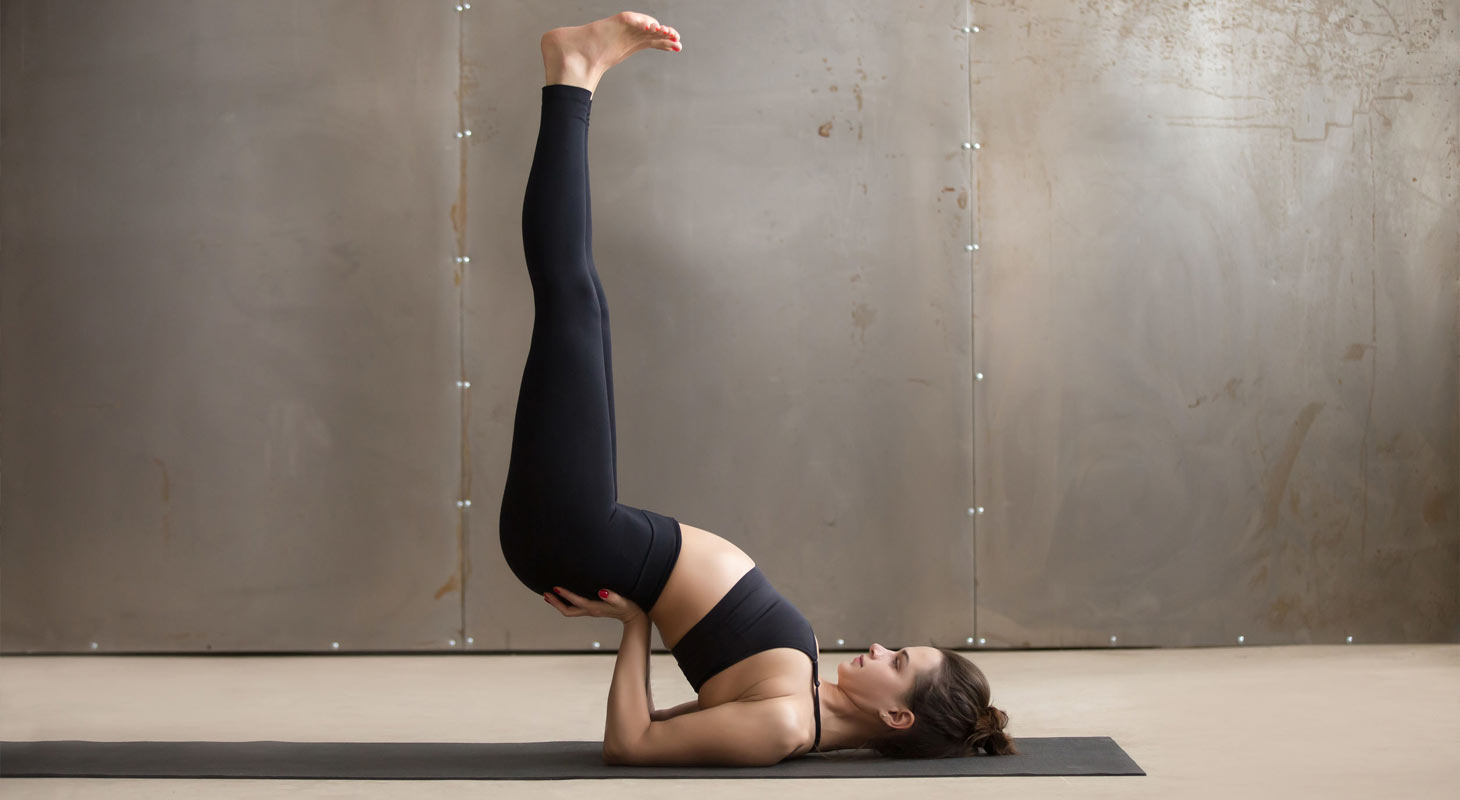
Child's posture (Balâsana)
Stand on a mat, sitting on your heels. Your knees are slightly apart and your big toes are in contact. Slide gently and slowly forward, stretching your spine as much as possible without hurting yourself. The forehead touches the ground, the eyes are closed, the arms are placed on either side of the body, and you can release them.
Breathe calmly and deeply, insisting on exhalation. Now hold the posture for about five minutes.
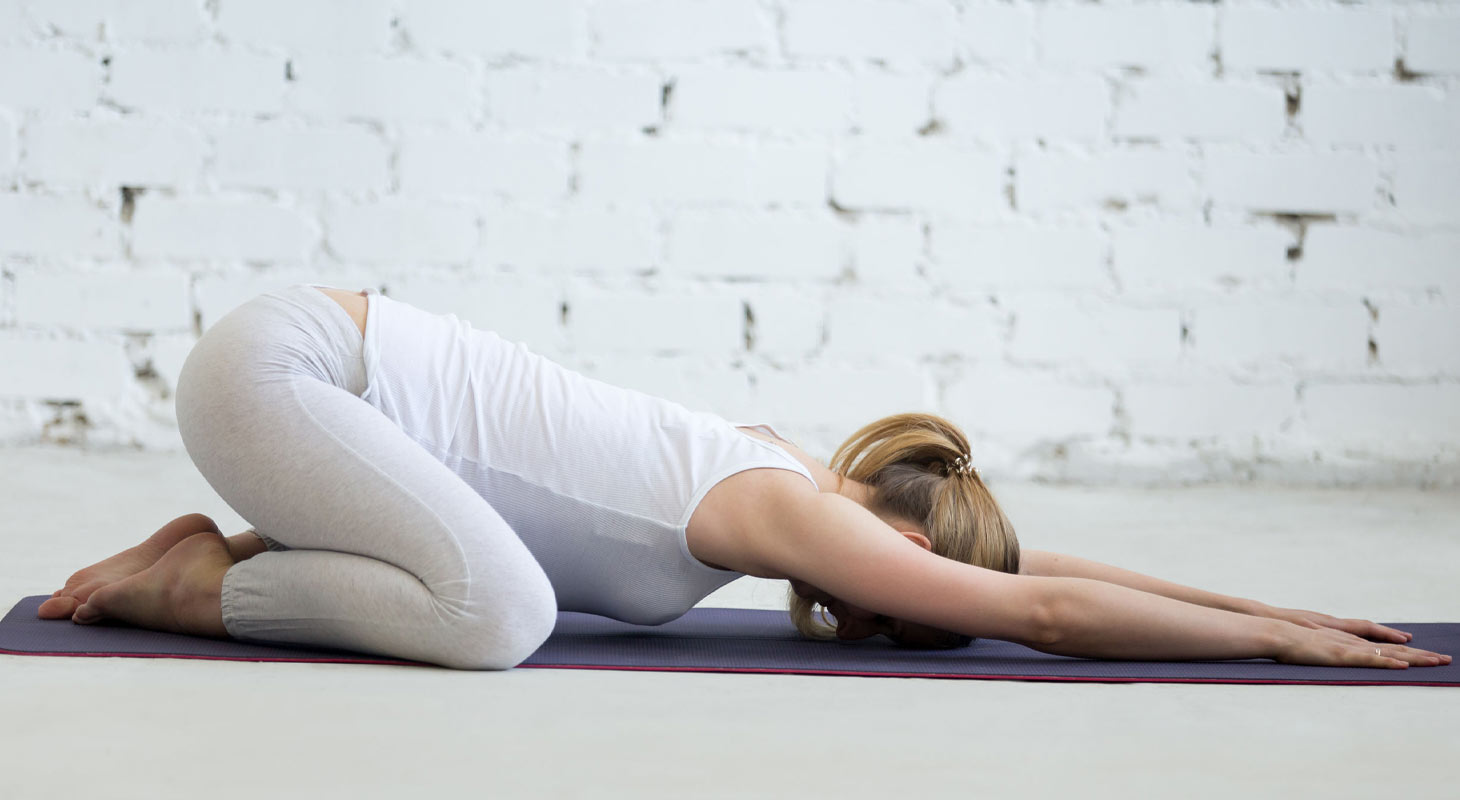
Fetal posture (Pavanamuktâsana)
This posture is done in several steps and works the solar plexus with the objective of decreasing your residual anxiety.
Lie on your back, gently bring your right leg back by grabbing your knee, then place your back on the ground. Breathe deeply and think about relaxing the muscles of your left leg, without forcing. Then rest that leg on the ground and do the same with the left leg, trying to relax the muscles of the right leg.
Last step: bring both knees back between your forearms, stick both knees together, with your thighs pressing against your abdomen. Bring your chin back to the level of your kneecaps. Practice a calm, deep breath for 3 to 5 cycles. Gently return to the floor and stand up.
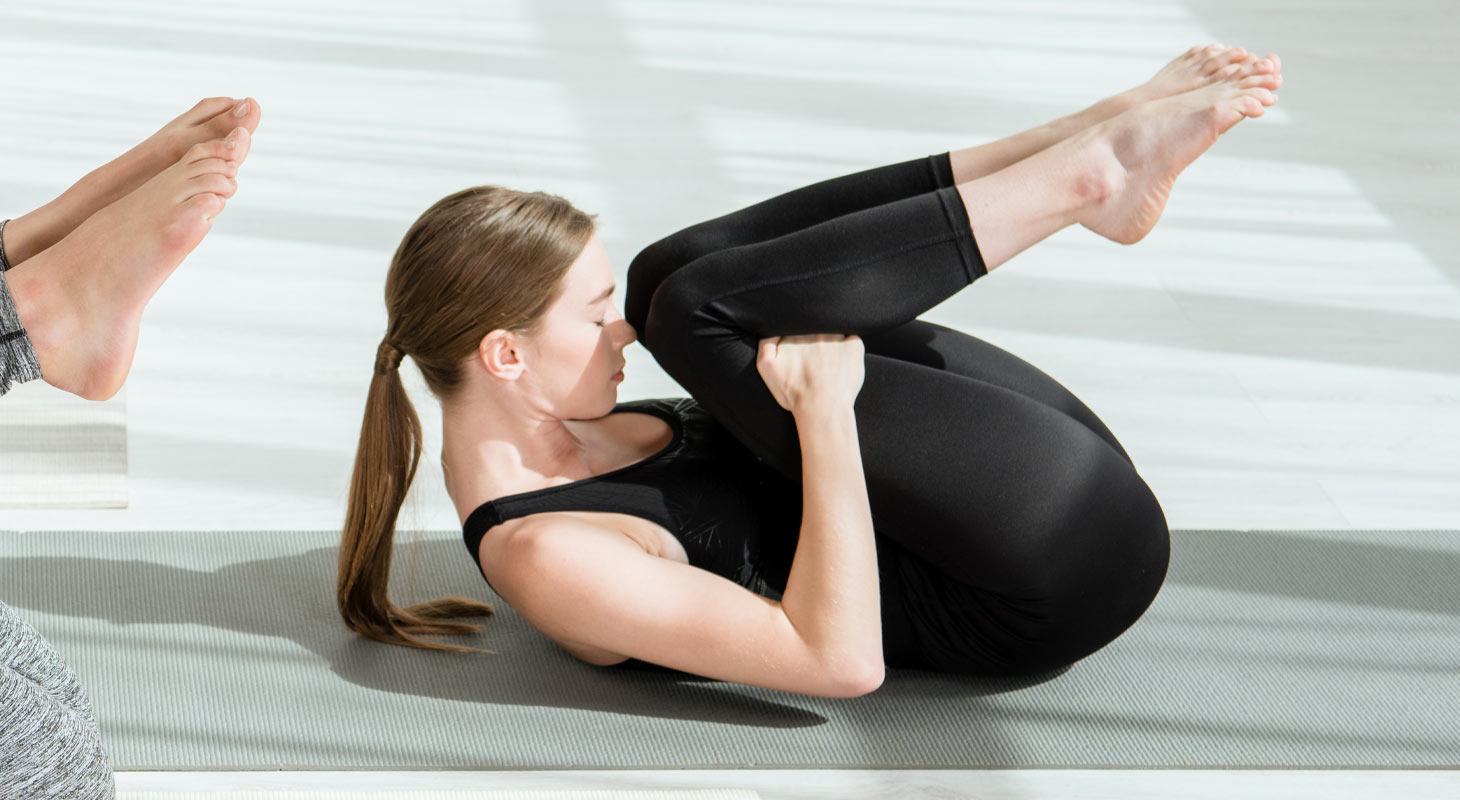
Cat and dog posture
Classic posture, also used by physiotherapists to mobilize your vertebrae. Get on all fours, with your knees well below your hips and your wrists aligned with your shoulders. The width of the pelvis should be equivalent to the width of the shoulders. Begin by practicing the cat posture: round your back as when a cat is afraid, tucking your stomach in while breathing out slowly and deeply. The head goes inside.
Hold for a few moments and continue with the dog's posture: arch and dig your back, breathing in and out with your head facing out. You can practice both postures five to ten times in succession.
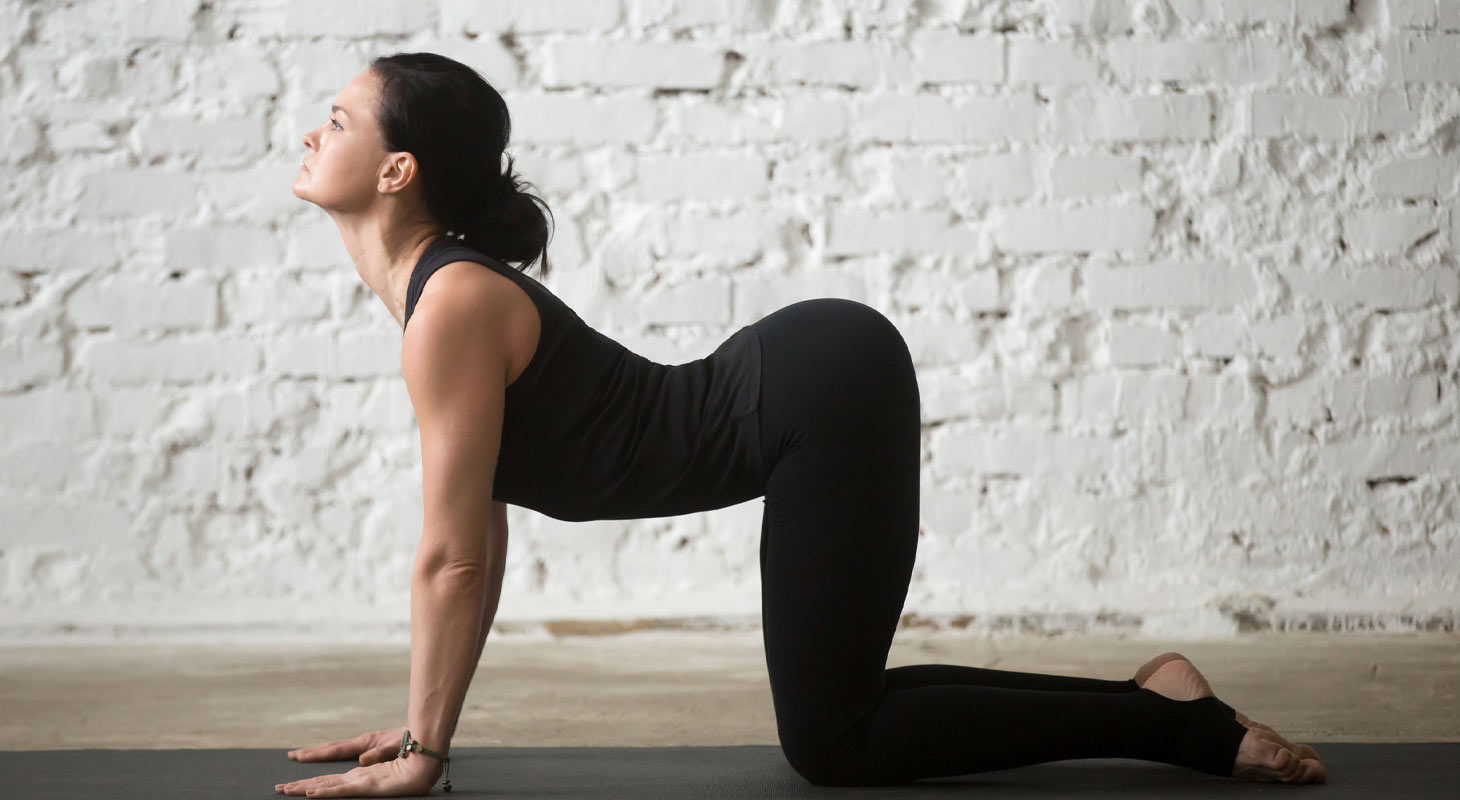
Posture of the happy baby (Ananda Balâsana)
Lie on your back with your knees against your chest and try to grab your feet. Don't force yourself so as not to hurt yourself. Maintain the posture for 3 to 5 breathing cycles, then release by gently placing your feet on the ground. This posture is particularly beneficial for stretching the vertebrae.
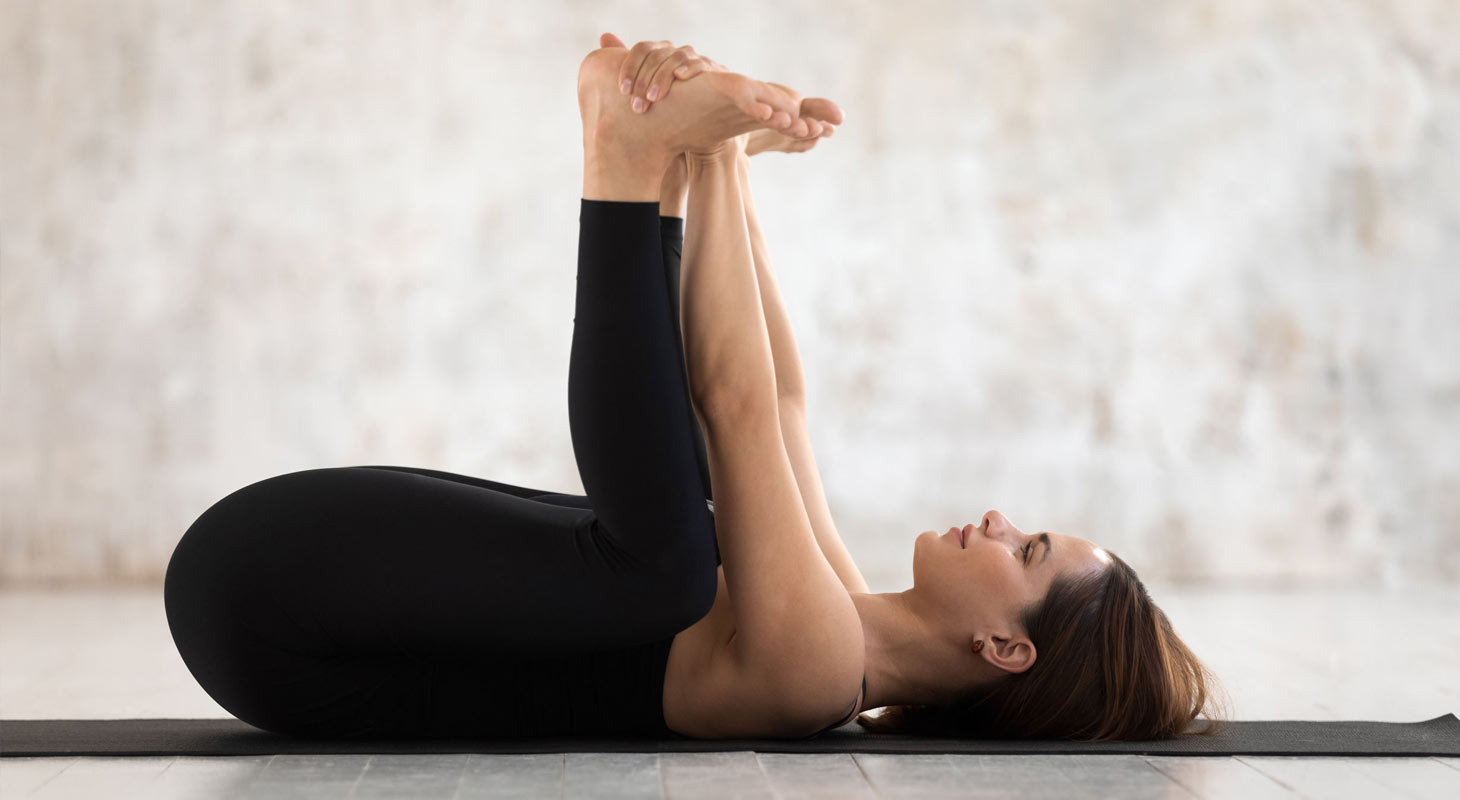
The posture of the corpse (Shavasana)
The name is not very cheerful, but this posture is effective. Place a round cushion or rolled plaid under your knees. Lie on your back and relax as much as possible with your eyes closed. You can place another blanket on your body to keep you as warm as possible. Stay in this position for five to ten minutes, lulled by soft music. Gently come back by gently opening your eyes.
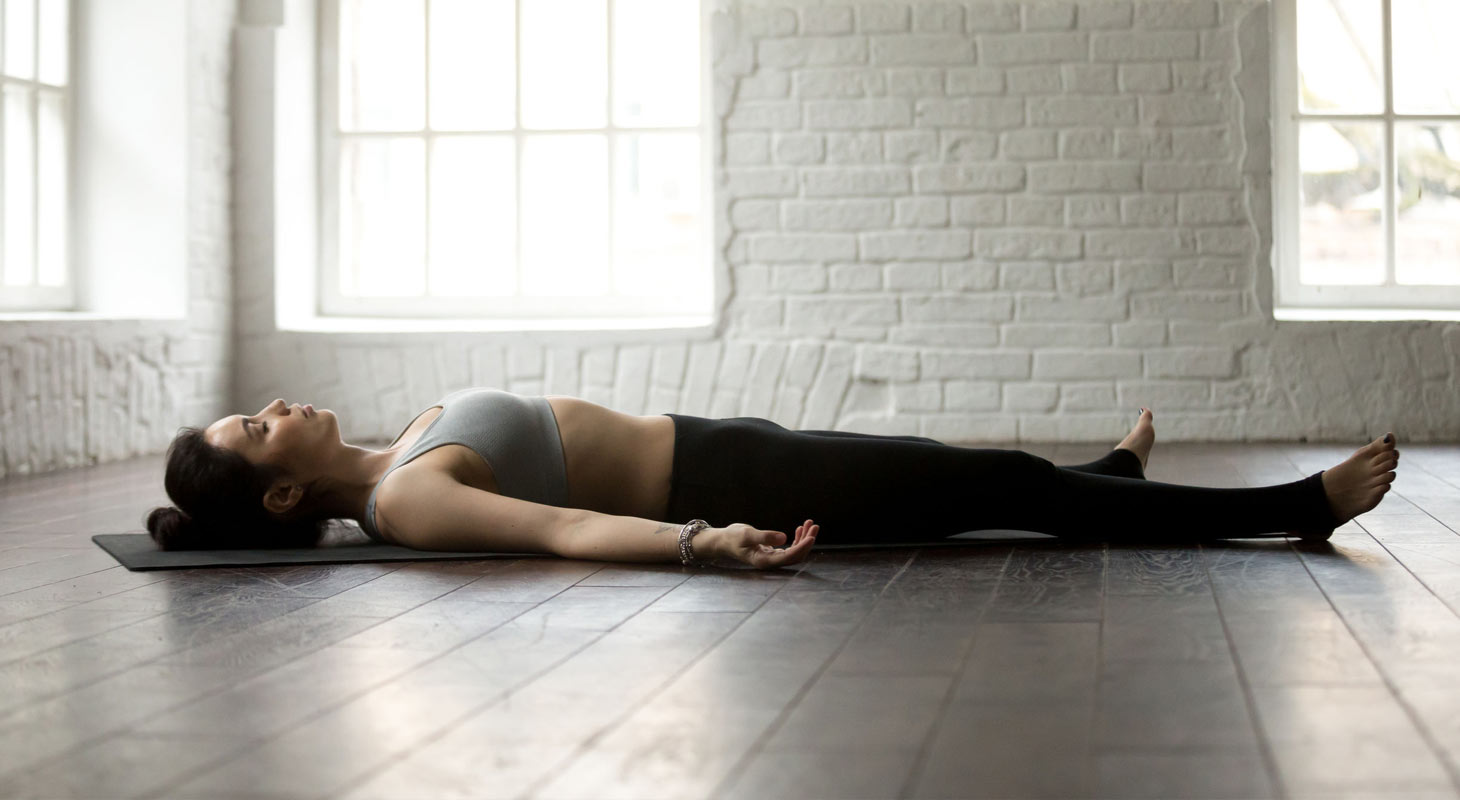
The torsion of the lumbar vertebrae
This is one of the best postures for stretching the lumbar vertebrae. It is very effective in cases of lumbar disc herniation.
To achieve this position, lie on your back with your arms in a crosswise position. The palms of the hands should be facing the ground. Then, bring the knees back towards the torso, shift the pelvis slightly to the right, then, put the knees to the opposite side (left). Stay 1m30 in the position. Then alternate sides. You can of course close your eyes while practicing the posture to intensify the relaxation.
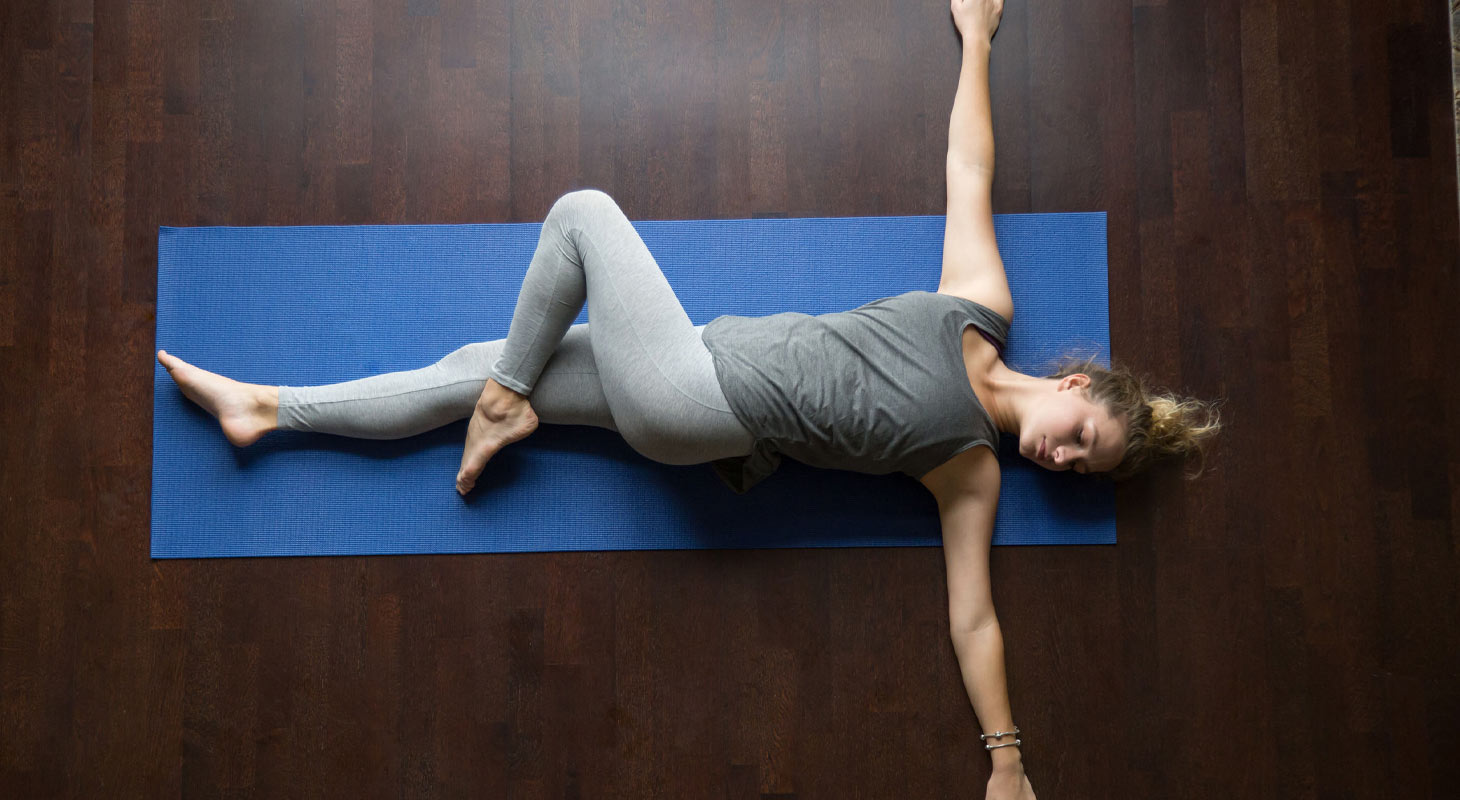
The twisting of the back ( Ardha Matsyendrasana )
This position acts on the whole column and allows the tension to be released.
Put yourself in a sitting position with one foot against your buttocks and the other in front of the knee which you bend on the ground. Place one hand on the opposite foot in front of you. The other hand will be placed on the floor behind you. Do not lay that hand flat but always look for the upward extension. As you swivel your hips, align your shoulders with your legs. The goal of this posture is not to turn as far as possible, but to turn in an upward extension. It is better to have a straight back and an upward extension than a wide range of rotation.
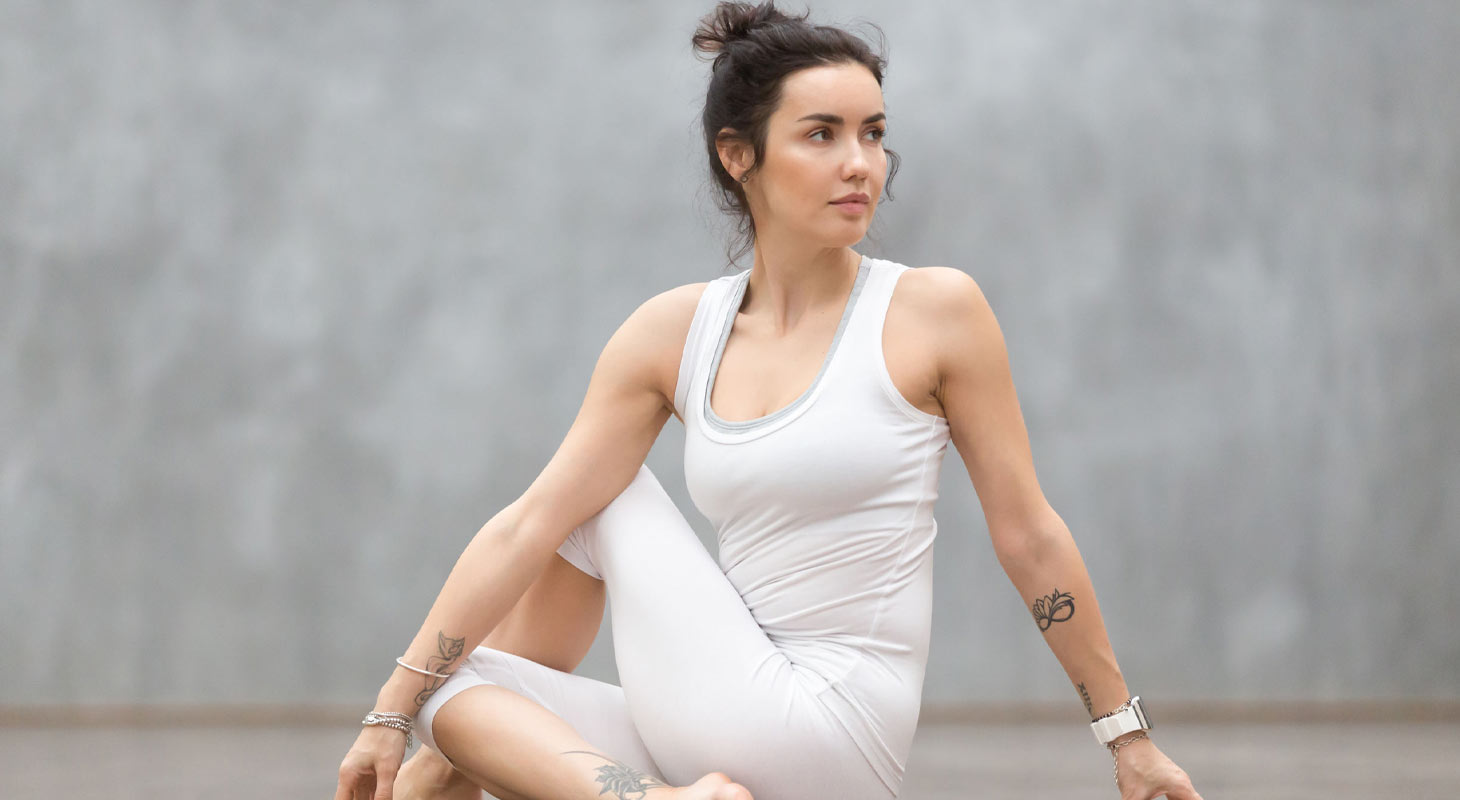
Crossed leg posture
This posture relaxes the pyramidal muscle, which induces outward rotation of the hip. It is frequently tense, and this can cause pain in the sacrum and lumbar area.
To achieve this posture, you can choose between two positions. First, lie sideways on a mat on the floor, rotate your trunk so that your shoulder blades are almost touching the mat, then bring your upper leg into opposite rotation. If done correctly, you should feel a stretch on the outside of your hip.
For the second position, sit on a mat with your legs in a suit. Bring one leg over the other so that they cross each other. Pivot your trunk in the opposite direction.
Maintain these two positions by breathing calmly for 2 to 3 minutes.

Conclusion on postures against back pain
If you regularly have back problems and are unable to relieve them, consider practicing these yoga exercises, which can only help you. Practice gently, without forcing, using deep breathing.


